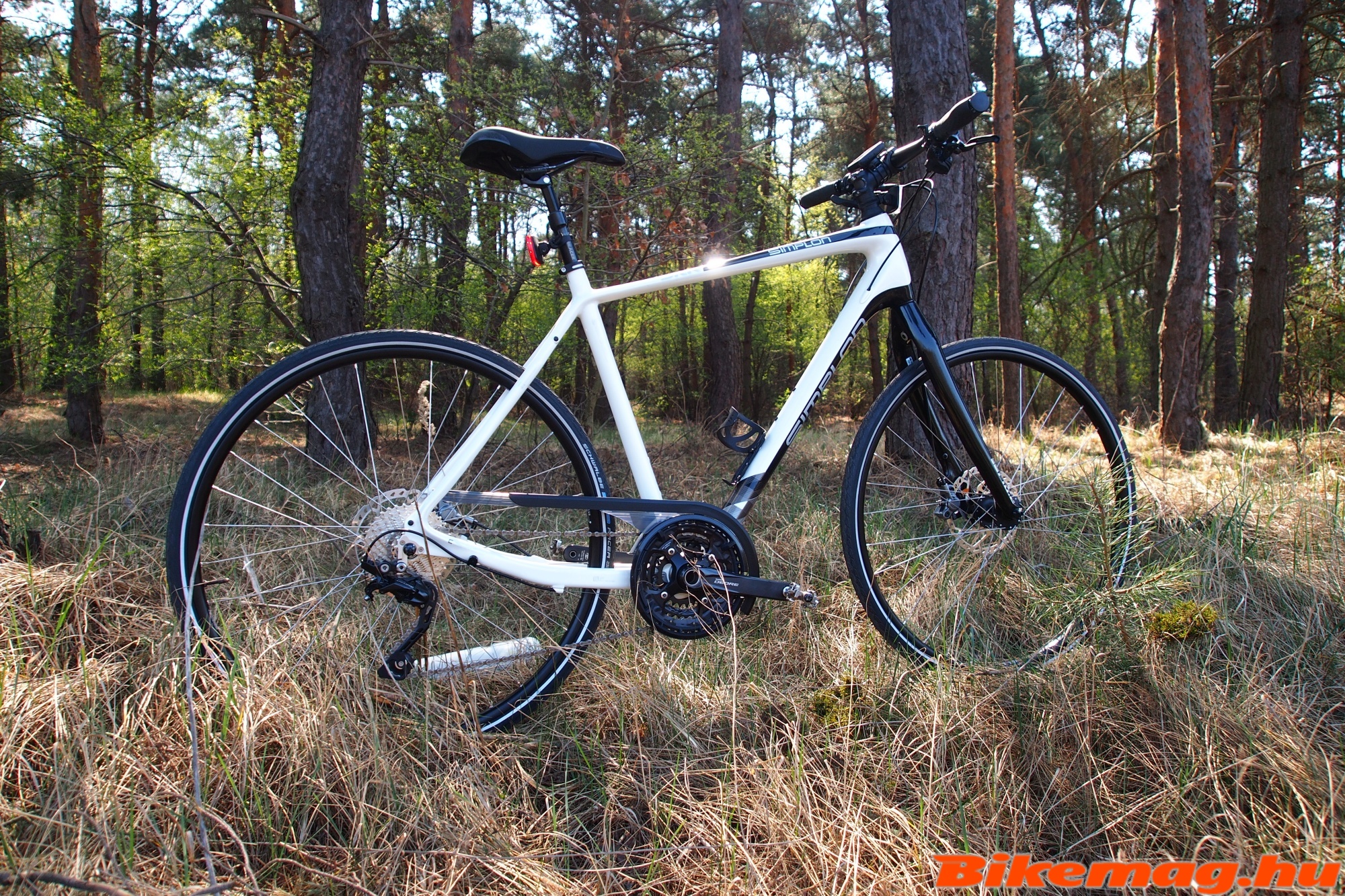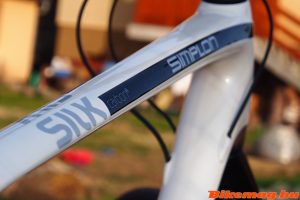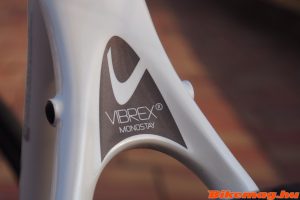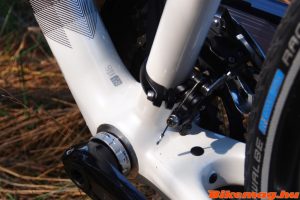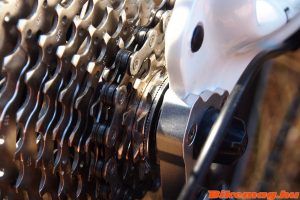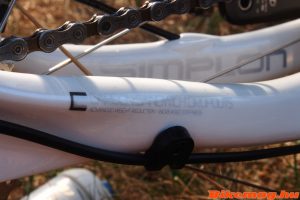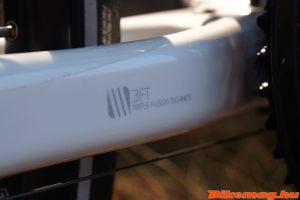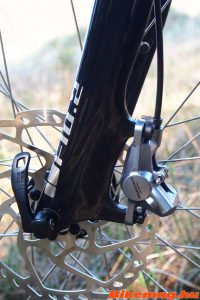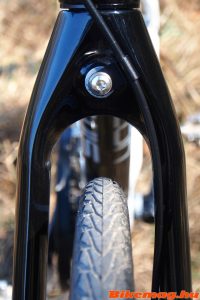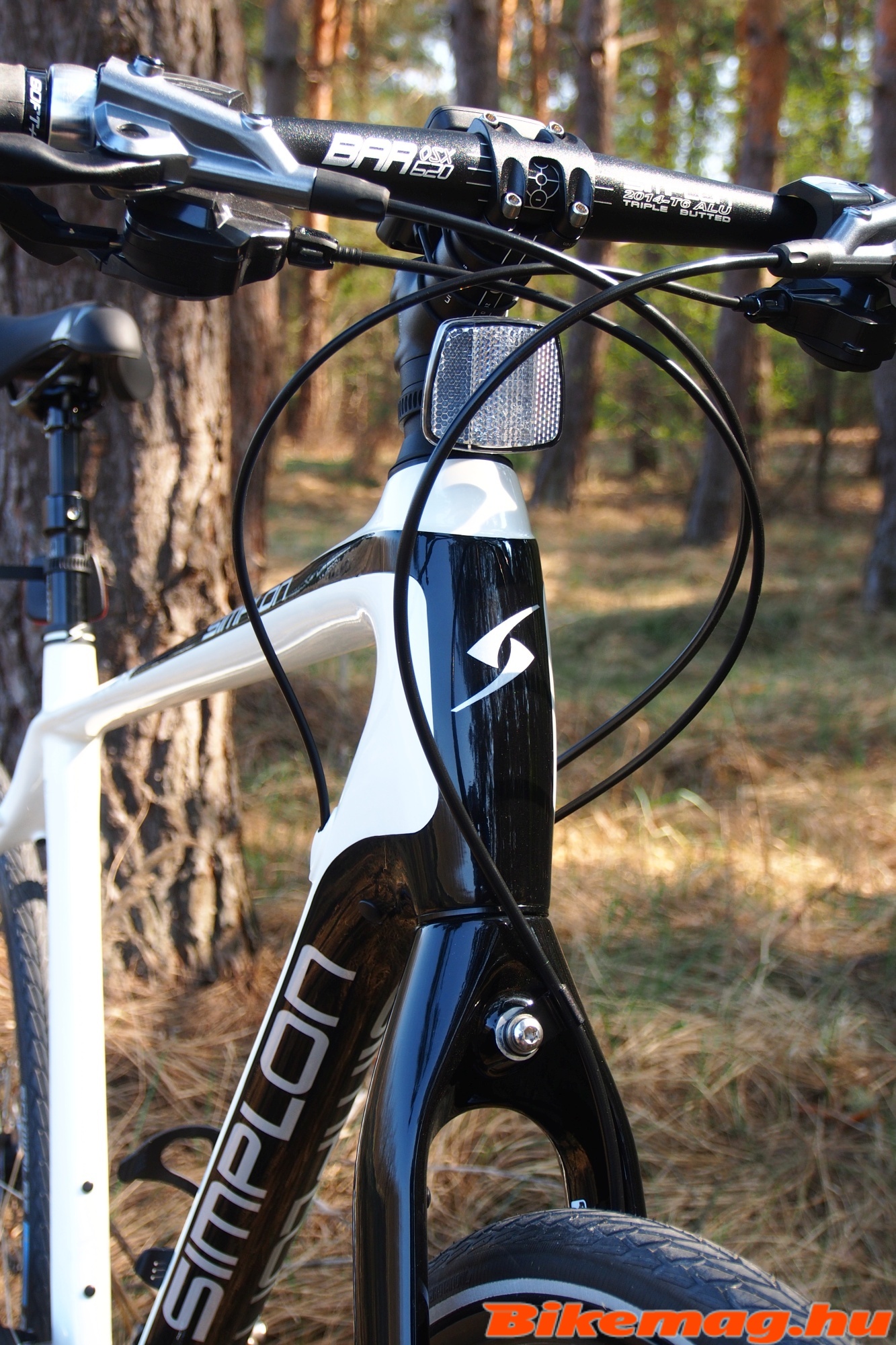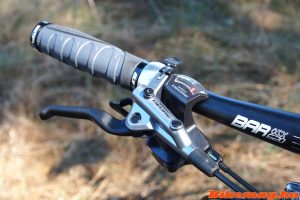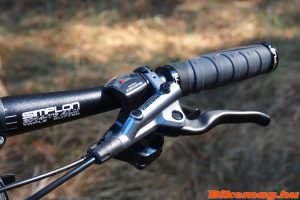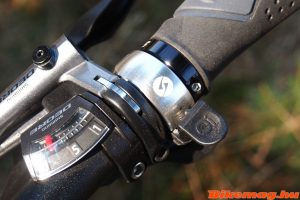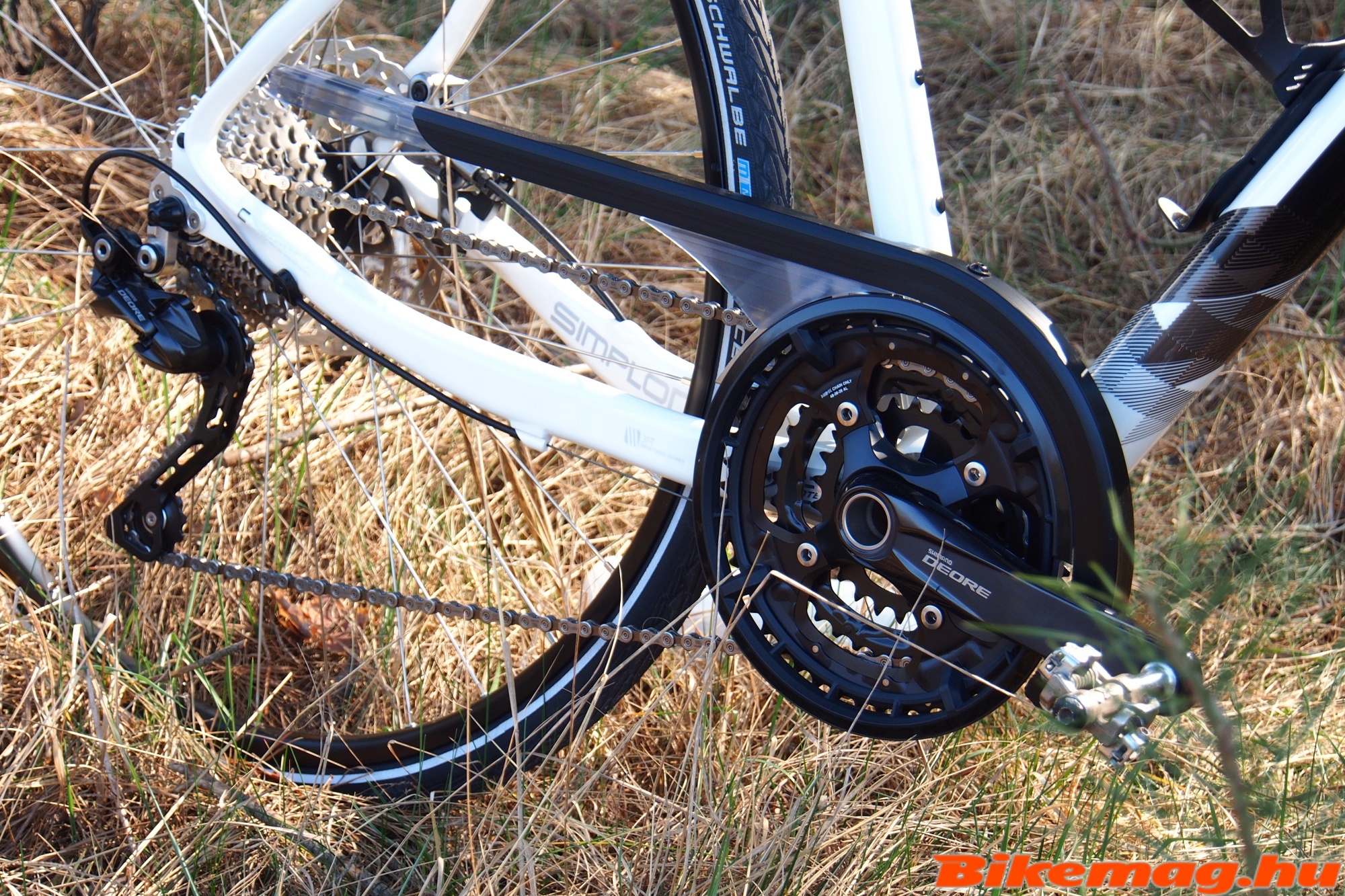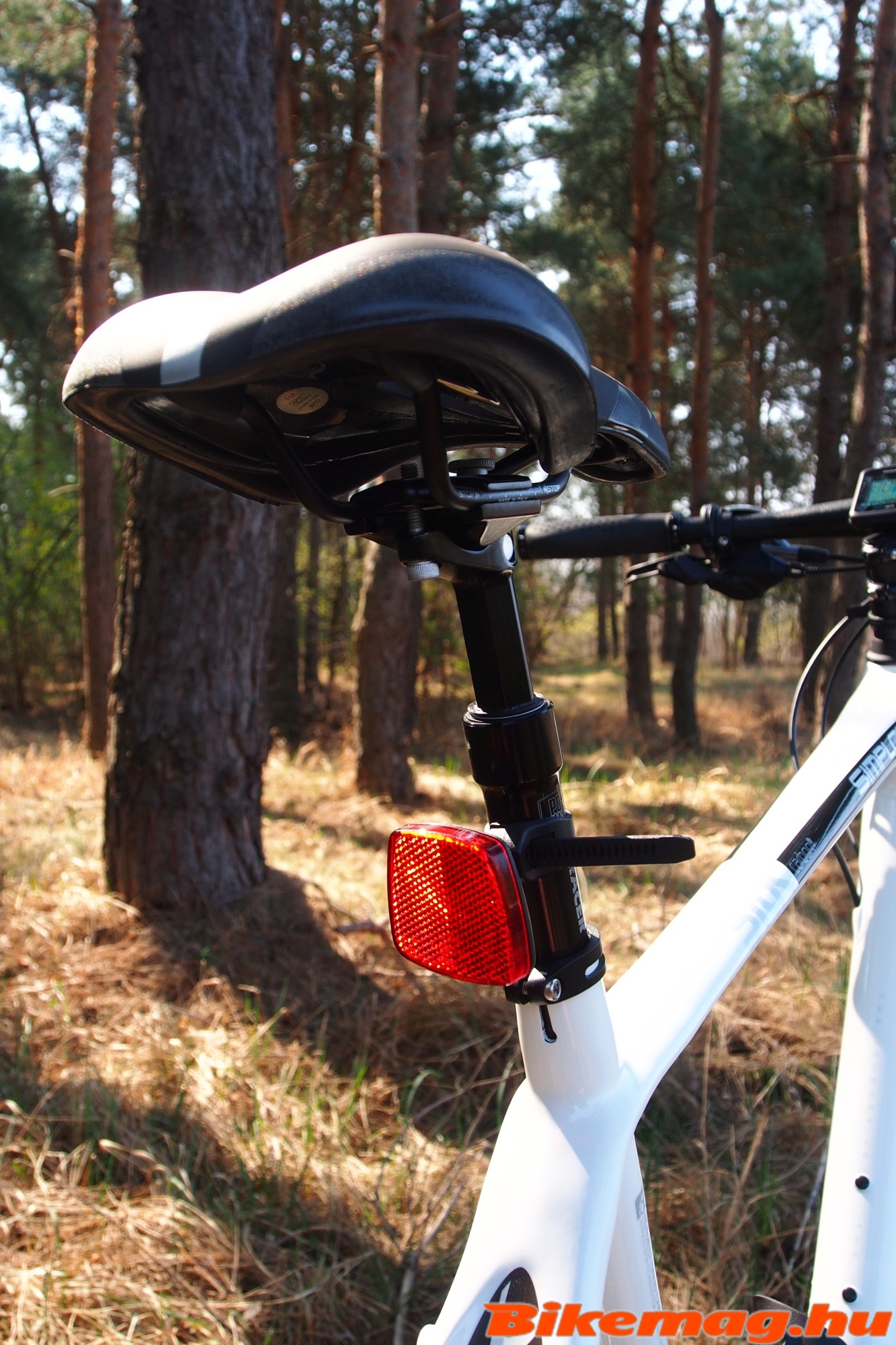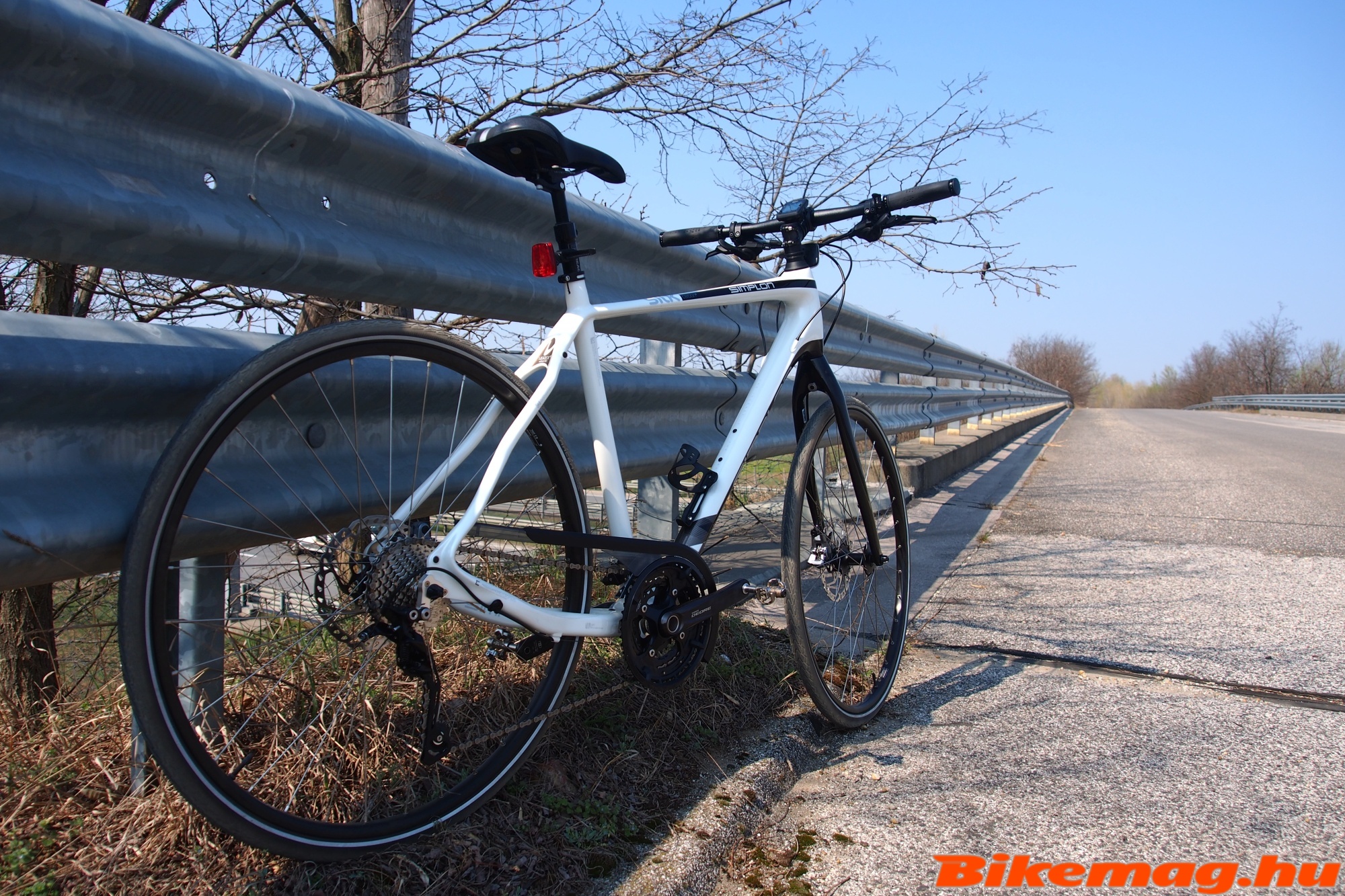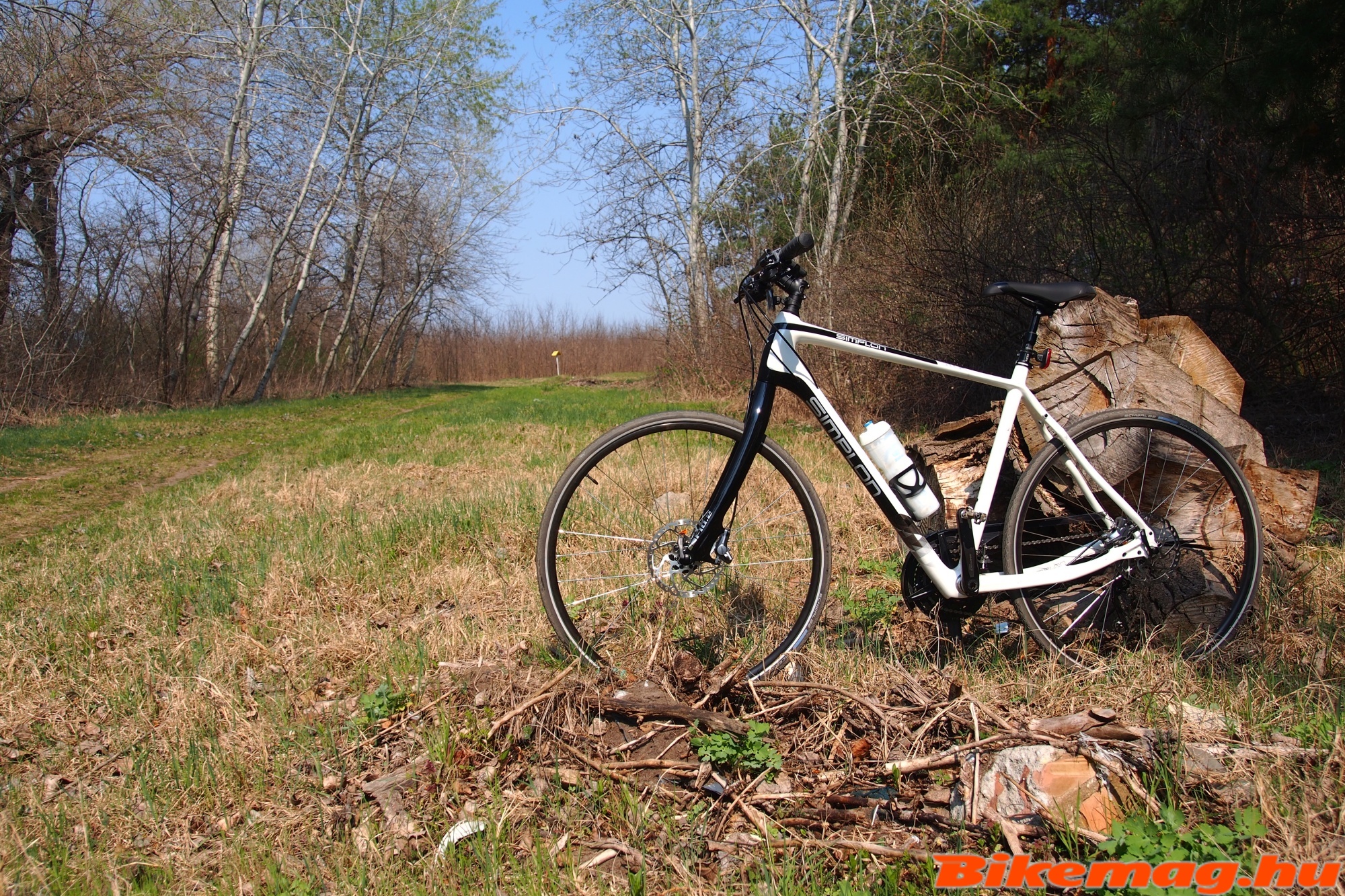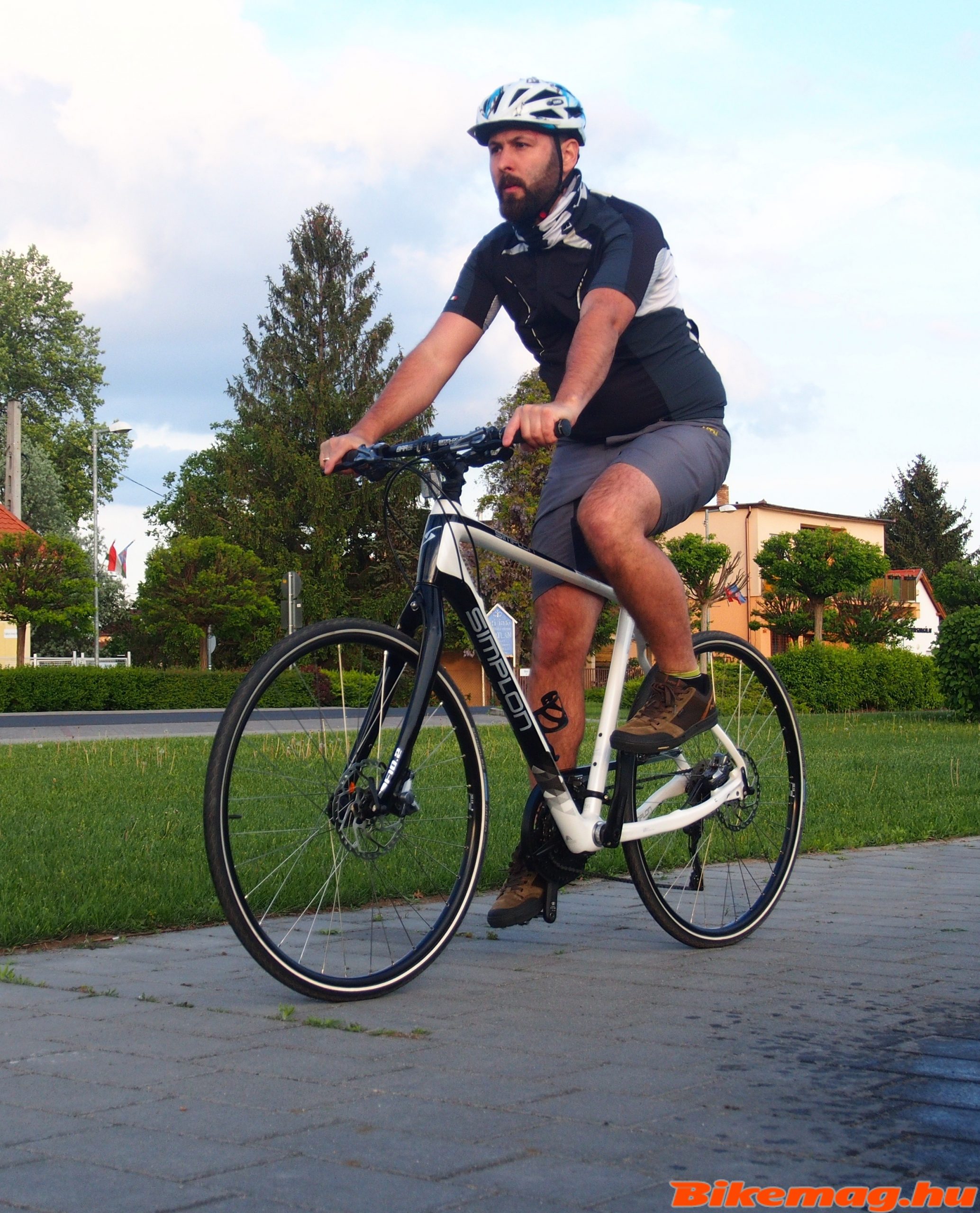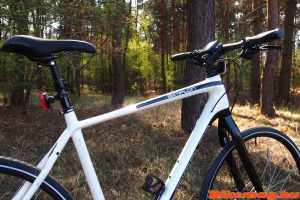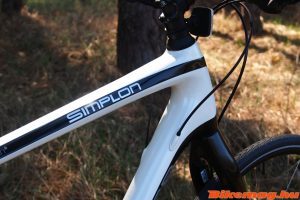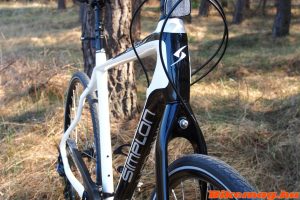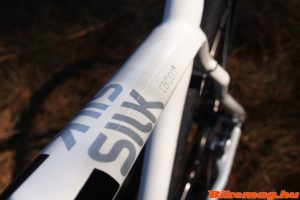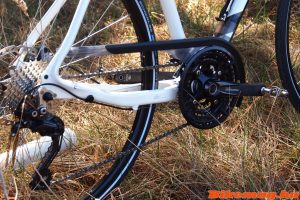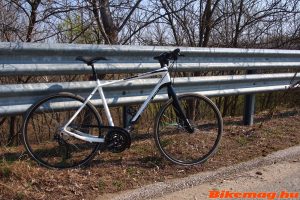Before delving right into the bike, I should say a few words about the brand which would need no introduction in most parts of Europe. Simplon’s roots go back to the 1930’s and it’s one of the most prestigious bicycle brands around. It’s based in Austria, located just an arm’s reach from our borders, yet there has never been an official distribution of Simplon bikes in our country. This deficiency has now been rectified, so their premium range of bikes are finally available in Hungary.
Even more interesting is Simplon’s novel marketing model, where the customer can fully customize the configuration of the bike right down to each component, not only selecting the components of choice, but precisely setting the reach of the bars, the setback of the seating position, and length of the crank arm and so on. Up until now this service was only available from custom bike builders, but Simplon found a way to allow such provisions paired with an annual production of 12,000 bikes. This is unique on the bike market, moreover I suggest you check out the short introductory video of the brand!
The philosophy behind bike manufacturing
According to Simplon’s philosophy, they’re not on the market to give you the best possible price or the flashiest design. On the other hand, the Austrian brand strives to solve the nagging problem most bike riders face: namely the models come with sub-optimal setup, especially concerning the components and accessories. Simplon offers a full customization of their bike range, so you won’t have to upgrade your bike for a long time after the purchase. If you select the configuration wisely, you may have a dream bike that you’ll enjoy riding for the years to come. The customer also gets an unparalleled service from Simplon, and this prospect is now available locally as well thanks to Roadbike.hu.
We received the Simplon Silkcarbon, a premium model which seemingly unites a number of bike categories from cross-trekking to fitness. Simplon calls this unique class “sport/cross”. The bike is predominantly equipped with Shimano Deore components and boasts a carbon fork: somewhat uncommon setup for a bike intended for leisure riding.
The groundwork
The frame features quite a few advanced technical solutions, which the brand unobtrusively labels under the “HotMelt” technology. It’s a unique approach to carbon manufacturing, where the resin is heated to assist even distribution and better impregnation of the carbon fiber fabric. As a consequence less resin is required for adhesion, improving structural integrity and reducing weight. It’s a win-win situation. Not surprisingly, the weight of the Silkcarbon frame is surprisingly low for a trekking-fitness type of bike: a mere 1250 gr, or 1350 gr for the women’s version.
Furthermore, Simplon employs an advanced technology called VIBREX® in order to improve the ride comfort. VIBREX® is integrated into the seat stays, and receives “Comfort Concept” tweaking, effectively attenuating vibrations from to ground being transferred toward the saddle. On the other hand, the “softening” of the rear end does not reduce drive efficiency. Another surprising detail I noticed on the frame were the rear dropouts. These are formed from carbon composite, and are hollow in design. This is a very effective means of providing more stability to the rear triangle and reinforcing brake force without adding weight to the frame. Such technical solutions are rarely seen on bikes intended for everyday riding, this technology is generrally reserved for the realm of performance-oriented race machines.
There is another interesting technical detail called Triple Fusion. It entails a combination of monocoque construction, tube-to-tube composite and socket technology, which are each employed at an appropriate part of the frame. Simplon engineers pursue to optimize the frame design by the use of different technologies, not settling on just one for the sake of simplicity and cost effectiveness. The manufacturer states that Triple Fusion also helps to meet the most strident safety standards. Finally there are many additional advanced construction details which show that Simplon employs up to the minute design for the Silkcarbon, thus the cables are fully integrated, the head tube is tapered and so forth.
Do we really need a suspension fork?
The fork on this bike can also be specified by the customer: either a fine RockShox Paragon suspension unit or Simplon’s own F10.2 carbon rigid fork. We selected the later for this build, since it’s a bit out of ordinary, and allows us to answer the question posed at the start of the paragraph. Just as the frame, the F10.2 employs advanced HotMelt carbon technology, features conventional quick release wheel retention, and offers plenty of room for even wider tires. It also has a nice rounded shape to please the eye. If you’re not so adventurous, the above-mentioned RockShox Paragon suspension fork can be substituted for a mere 25 euro surcharge.
Both the frame and fork tends to provide a more classical design, not flashy, unconventional or subversive in any shape or form. Aesthetics is personal matter, and fortunately it has little effect on the performance and practicality of the bike.
The equipment
As I have mentioned in the introduction, this Silkcarbon model is equipped with almost a complete Shimano Deore component group set, offering 3×10 speed trekking style gearing. Combined with the frame’s innate agility, this transmission allows for a swift tempo and enough range for steep climbs. Hidden between the grip and the brake lever is a thoughtful tiny component, the Knog OI bell. This is included in the configuration, and would cost about HUF 6000 on its own.
The drive train of the Silkcarbon is a “conventional” integrated setup – by this I mean it’s not a press-fit bearing. The crankset has a hollow arm construction increasing stiffness and reducing weight at the same time. The Shadow type rear derailleur changes gears swiftly and quietly, complemented by quality cabling for the best possible performance.
Among all the components found on this bike, the PostModern suspension seat post might be the most controversial. It’s often featured on trekking bikes, but since the Silkcarbon has a rigid fork, it looks to be an overkill. While testing the bike I came to the opposite conclusion: the seat post indeed adds to the practicality of the bike. Fortunately it moves only when the bike takes a big hit, and it doesn’t detract from the ride experience. The VIBREX system and the richly padded Sportourer Zoo saddle is there to handle the smaller vibrations, which leaves the PostModern suspension manage the large impacts. All in all the Simplon’s thinking seems to work quite well!
Conclusion
So we’ve arrived at the part which readers are most interested to hear: What is it like to ride the Simplon Silkcarbon? In short it’s a genuine coherent package, where you virtually feel the long hours of work that went into designing the bike. Steering is not too aggressive, very far from the sluggish navigation that characterize trekking bikes in general. It can be said that it’s on the verge of being agile, providing the handling much more of a road bike than a comfort-oriented one. The same can be said of the stability. There is plenty of stiffness when pushed hard on the pedals, nevertheless this welcome rigidity is not felt at the saddle or the hands. Road surface irregularities can be felt, but it’s not overly disturbing. The Silkcarbon manages to combine comfort with very good ride dynamics, both in terms of drive efficiency and speed. It’s a fitness bike with the added comfort generally offered by the trekking category of bicycles. With Simplon’s excellent configuration system, the Silkcarbon can be equipped with high level components, exactly to the demands of the individual.
The frame provides a universal base for different types of riding styles. It can be tuned more towards the fitness realm by choosing this rigid carbon fork, mounting narrower, lighter tires and having a handlebar setup in a lower position. Likewise, pop on some wide, heavy-duty rubber and set up a more comfortable upper body position, and this will transform the Silkcarbon into a bona fide cross of trekking machine. Naturally the frame can be equipped with mudguards and a luggage rack to add more versatility to any of these riding styles and applications. Even without a suspension fork the bike offers plenty of comfort, but such extra coziness can be added if needed.
Best of all, in the warranty booklet we see the stamp of the Simplon employee, who assembled our bike. In addition the reliable handling and fine ride character of the bike, this nice touch provides further satisfaction. I was totally satisfied with every minute I spent in the saddle.
The price of the bike in this test is 2100 euro. It can be configured and purchased by clicking on this link. Further information can be found on the manufacturer’s website.
More images:


